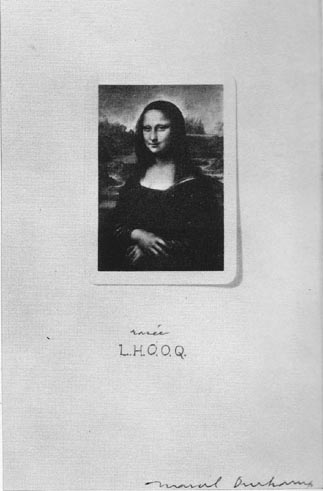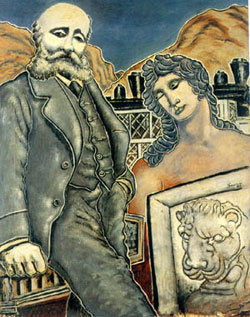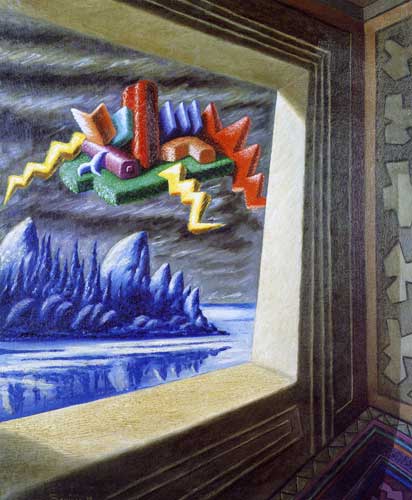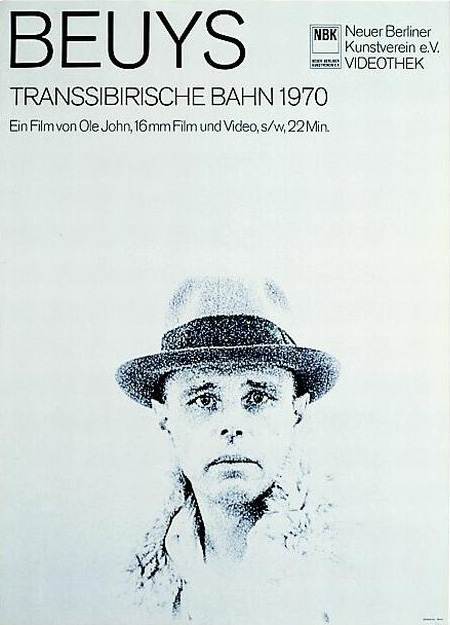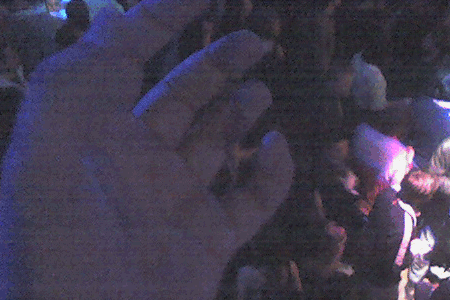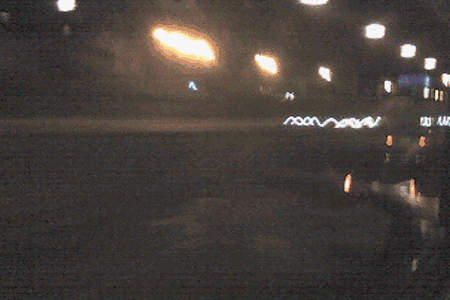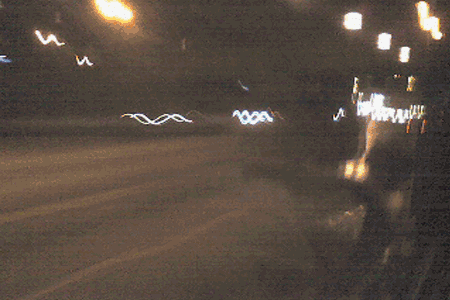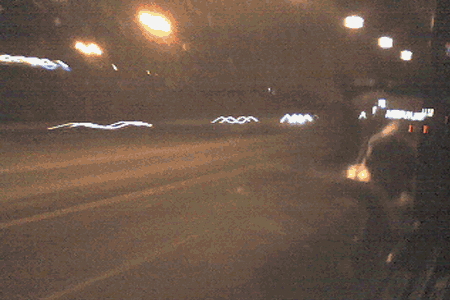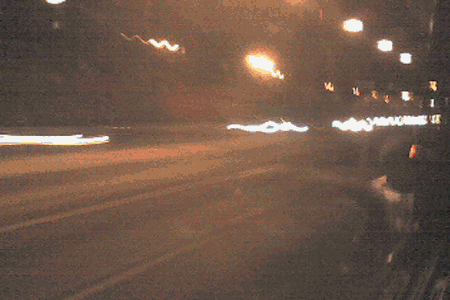“. . . And all the while, accompanying my every step, The Photographer is sounding in my head, purling incessantly through my clamped-on Walkman; it’s a good piece, Glass’s homage to Muybridge, minimalism used to maximal effect: with its repeating rhythms, endlessly rechurning, the music resembles a wave that doesn’t move, a standing wave; that’s what you listen to, the change and unchange of the wave, not any emergent melody: listening not above, but within; nowadays, I sit in Meador Park for hours on end plumbing the piece, turning the cassette over and over to extend it indefinitely; and it goes, the music just goes, without faltering, without hesitation, not depleted through repetition, but enriched; and as it goes – without faltering, without hesitation – the rapid-rushing piece instantly becomes the soundtrack to what I am looking at, regardless of what it may be: the varied tilts of oldsters’ hats, wind-gusts corduroying the park’s grass, the sparkling of pram wheels, children stepping onto the water fountain’s access ledge and hunchbacking behind their button-pushing hand and jutting lips; the music suits it all perfectly, uncannily, as absolutely apt accompaniment, the spirit of vision converted into onflowing sound; further it works just as well in the other direction: whatever I see also functions as a perfect illustration of The Photographer’s ceaseless undulant nattering; every event and gesture in my visual field – bicycle-spokes fanning, pinkie balls trickling across the ruffling green – seems to spring from some hidden imperatives of this unheard music: sight and sound have adhesive properties of which I had never before dreamed . . .
. . . It’s a question, really of figure and ground, of learning to integrate the two: of linking the landscape to the flamelike cypress thrusting up within it, of considering the World along with Cristina: dissolving patterns into particles . . . ; and I, for one, am perfectly positioned to make such investigations: I am either a bland assemblage of denim, sweatcloth, sneaks, connecting flesh and Walkman scudding through the streets of Springfield, barely perceptible in its random passages, or an indrawn 19-year-old with slightly stooped posture who has run away; it depends on whom you ask for the description: me, or anyone else in the world but me; figure and ground; figure or ground; but who, since Muybridge, even looks at the ground?; and Cristina was a cripple—”
(Evan Dara, The Lost Scrapbook (1995), pp.8–9)
